Gochugaru (고추가루), also known as Korean chili flakes, is a staple ingredient in Korean cuisine made from dried and crushed red peppers. It offers a unique flavor profile of mild heat, smokiness, and sweetness, making it essential for authentic Korean dishes like kimchi, bibimbap, and bulgogi.
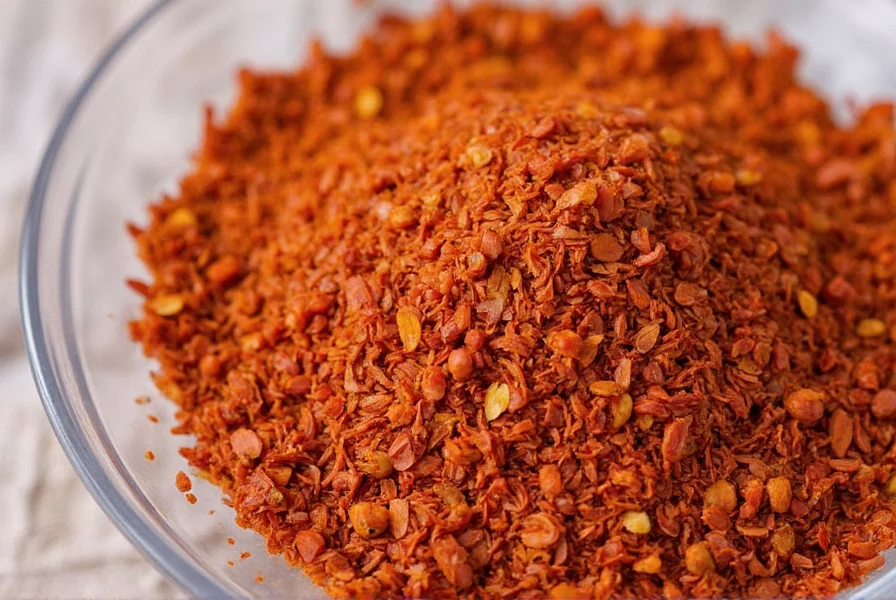
Table of Contents
- What is Gochugaru?
- Flavor Profile: Sweet Heat Meets Smoky Depth
- Cooking with Gochugaru: Beyond Kimchi
- Gochugaru vs Other Chili Flakes
- Buying Guide: How to Choose the Best Korean Chilli Flakes
- Storage & Shelf Life: Keep It Fresh and Fiery
- Recipes to Try with Gochugaru
- Frequently Asked Questions
- Conclusion
What is Gochugaru? A Quick Intro to Korea's Favorite Spice
Gochugaru (고추가루) is the Korean term for dried and crushed red chilli peppers. Unlike most chili flakes found in Western kitchens, which are often made from cayenne or jalapeño peppers, gochugaru typically comes from sun-dried Korean red peppers. These peppers are larger, slightly sweeter, and less oily than their global cousins, giving them a unique texture and taste profile.
The beauty of gochugaru lies in its versatility. Depending on how it's processed, you can find different grades—from fine powders used in sauces to coarser flakes ideal for kimchi and stews.
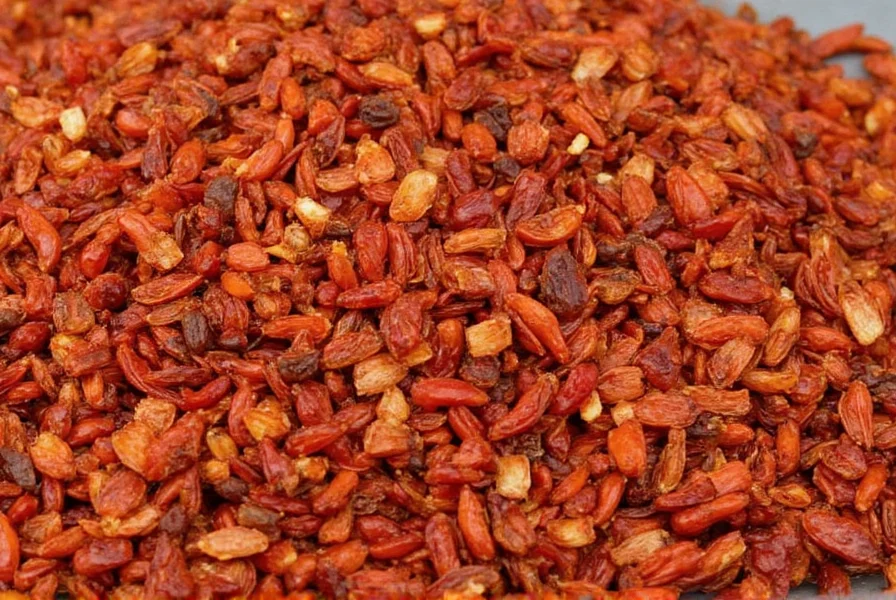
| Type | Texture | Use Case | Heat Level |
|---|---|---|---|
| Fine Powder | Smoother | Gochujang, sauces | Moderate to high |
| Coarse Flakes | Rougher | Kimchi, soups | Mild to moderate |
Flavor Profile: Sweet Heat Meets Smoky Depth
One of the most surprising things about Korean chilli flakes is their flavor complexity. They don't just bring heat—they bring sweetness, smokiness, and even a touch of fruitiness. This balance makes them incredibly easy to work with, especially if you're not a fan of overpowering spice.
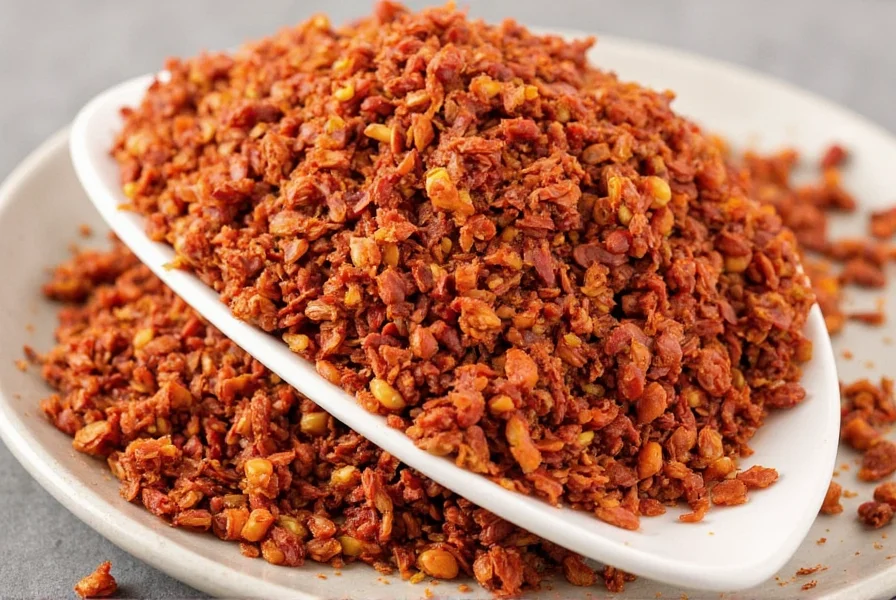
Here's what you can expect when using gochugaru:
- Heat Level: Ranges between 1,500–10,000 Scoville units (milder than cayenne but punchier than paprika).
- Smokiness: Comes from traditional sun-drying methods.
- Sweetness: Especially noticeable in premium varieties.
- Fruity Notes: Some brands offer hints of raisin or dried apricot undertones.
Cooking with Gochugaru: Beyond Kimchi
While gochugaru is best known as the backbone of spicy kimchi, it's far from a one-trick pony. Here are some creative ways to use Korean chilli flakes beyond the obvious:
- Add to Marinades: Mix with soy sauce, sesame oil, garlic, and ginger for a rich, spicy base perfect for bulgogi or grilled chicken.
- Boost Your Broths: Sprinkle a bit into miso soup, ramen, or tomato-based pasta sauces for a subtle kick.
- Make Gochujang at Home: Combine gochugaru with fermented soybean powder, rice syrup, and salt for homemade magic.
- Spice Up Popcorn: Toss air-popped popcorn with melted butter, gochugaru, and a dash of sugar for an addictive snack.
- Create Fusion Dishes: Think gochugaru-dusted fries, chili-lime wings, or even sprinkled over chocolate chip cookies for an unexpected flavor contrast.
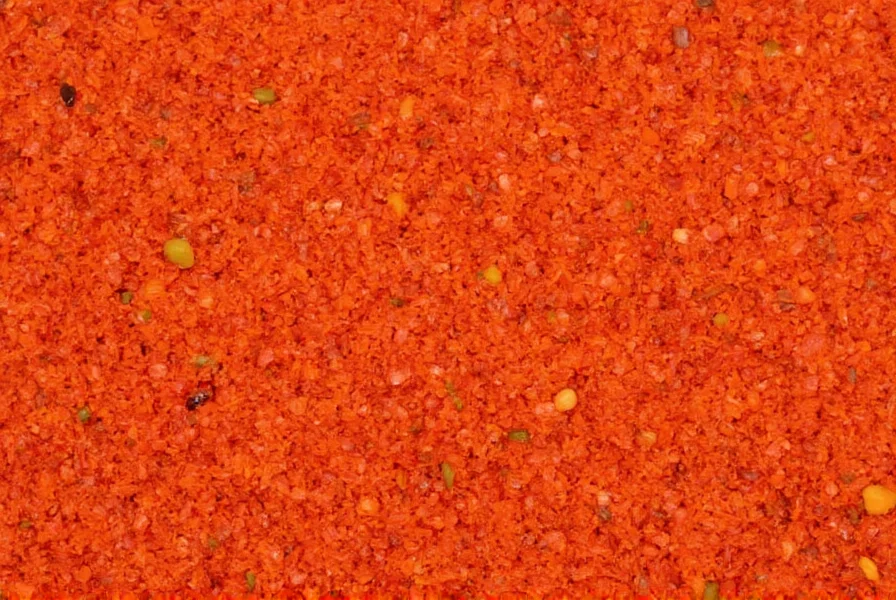
Gochugaru vs Other Chili Flakes: What Sets Them Apart?
You might be wondering: "Can't I just use regular chili flakes instead?" While substitutions are possible, the results will differ dramatically.
| Chili Type | Main Pepper | Texture | Heat Level | Best For |
|---|---|---|---|---|
| Gochugaru | Korean Red Pepper | Varies (fine/coarse) | Mild–Moderate | Kimchi, stews, marinades |
| Cayenne Flakes | Cayenne Pepper | Crunchy | Hot | Pizza, hot sauces, chili oils |
| Jalapeño Flakes | Jalapeño | Dry and flaky | Mild | Salsas, Mexican dishes |
| Urfa Biber | Turkish Chili | Dark, smoky | Moderate | Grilled meats, dips |
Key Differences:
- Moisture Content: Gochugaru has higher moisture, which helps it blend smoothly in sauces and pastes.
- Oil Release: Less oily than cayenne, so it won't overpower dishes with grease.
- Burn Time: Delays the heat onset, making it easier to layer flavors gradually.
Buying Guide: How to Choose the Best Korean Chilli Flakes
Shopping for gochugaru can feel like navigating a maze—especially if you're new to Korean ingredients. Here's a guide to help you pick the right one for your kitchen:
Look for Authentic Brands
- Samyang Foods: Offers coarse flakes ideal for home kimchi making.
- Daesang: Known for consistent quality and milder options perfect for beginners.
- Ottogi: Popular brand with finely ground options great for sauces and rubs.
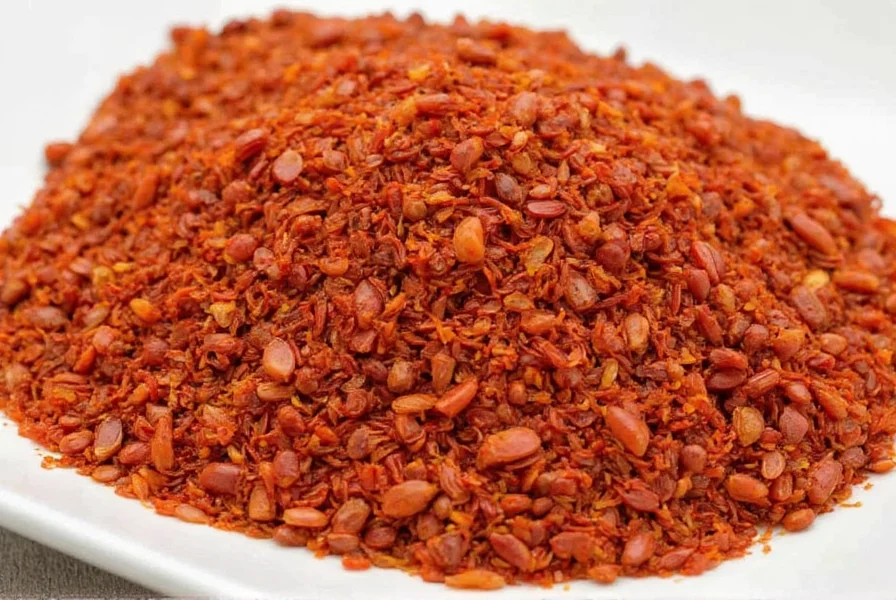
Consider the Use Case
| Brand | Texture | Heat Level | Recommended Use |
|---|---|---|---|
| Samyang Coarse Gochugaru | Chunky | Mild–Medium | Kimchi, stews |
| Ottogi Fine Gochugaru | Powdery | Medium | Gochujang, marinades |
| Daesang Mild Gochugaru | Mixed | Low | Everyday cooking |
Check for Quality Indicators
- Color: Vibrant red without dull patches or fading.
- Smell: Should smell sweet, smoky, and slightly floral—not moldy or overly bitter.
- Ingredients List: Look for 100% dried red chili pepper—no additives or preservatives unless labeled for specific uses.
Storage & Shelf Life: Keep It Fresh and Fiery
Like any spice, gochugaru loses potency over time. Here's how to keep your stash tasting fresh and flavorful:
- Air-Tight Container: Store in a glass jar with a tight lid to prevent oxidation.
- Cool, Dark Place: Avoid direct sunlight or humid areas like above the stove.
- Freezer Option: For long-term storage (more than 6 months), store in the freezer to preserve color and flavor.
Expect shelf life of up to 1 year if stored properly. After that, the flavor becomes muted and less aromatic.
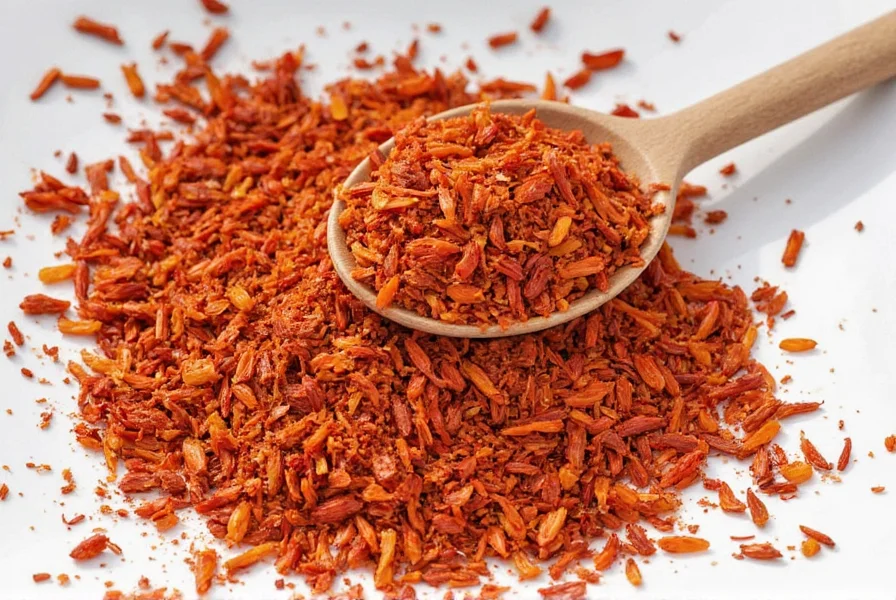
Recipes to Try with Gochugaru
Ready to spice things up? Here are five gochugaru-powered recipes to try at home:
- Classic Napa Cabbage Kimchi: The ultimate starter dish for anyone new to gochugaru. Use coarse flakes for that signature bite.
- Gochugaru Honey Chicken Wings: Sweet, spicy, and sticky—perfect for game nights or dinner parties.
- Gochujang Pasta Sauce: Swap out your usual red sauce with a gochugaru-based version mixed with tomato paste, garlic, and butter.
- Spicy Ramen Stir-In: Add a spoonful to instant ramen broth for a quick Korean-inspired upgrade.
- Gochugaru Butter Popcorn: Melted butter + gochugaru + a pinch of brown sugar = dangerously delicious.
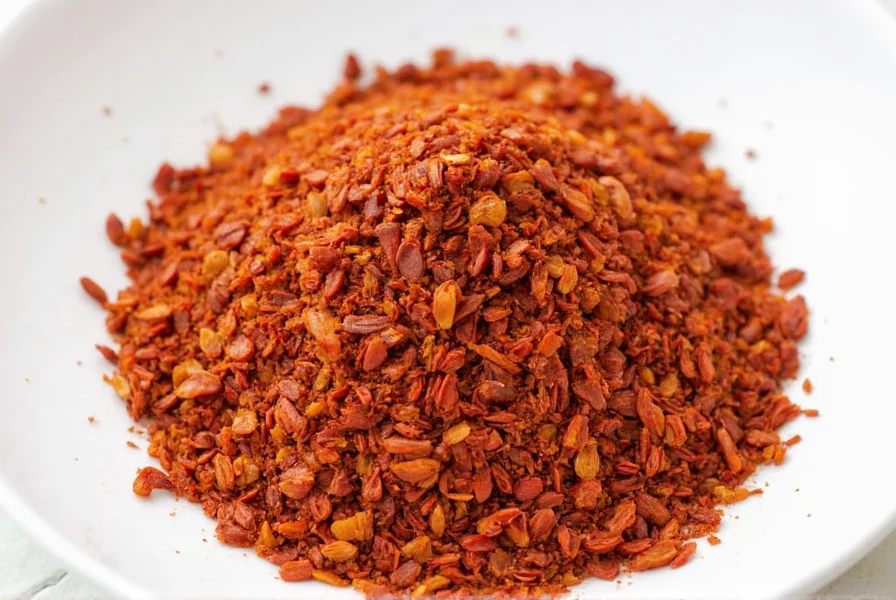
Frequently Asked Questions About Korean Chilli Flakes
Can I Substitute Regular Chili Flakes for Gochugaru?
You can, but it won't taste the same. Cayenne or crushed red pepper flakes will be hotter and oilier. If substituting, use half the amount and add a splash of vinegar or honey to mimic the sweetness and depth of gochugaru.
Is Gochugaru Spicier Than Cayenne?
Nope! Gochugaru generally ranges from 1,500–10,000 Scoville units, while cayenne clocks in at around 30,000–50,000 SHU. That means cayenne is significantly spicier.
Where Can I Buy Korean Chilli Flakes?
Most Asian supermarkets carry gochugaru, or you can order it online via Amazon, Walmart, or specialty Korean food retailers like H Mart or Lotte Market.
Can You Make Gochujang Without Gochugaru?
You technically can, but you won't get the real deal. Traditional gochujang is made from meju (fermented soybeans), glutinous rice, salt, and of course—gochugaru.
What Are the Best Dishes to Start With When Learning to Use Gochugaru?
For beginners, we recommend starting with: 1) Simple kimchi, 2) Gochujang-based marinades for meats, 3) Spicy stir-fried rice cakes (tteokbokki), 4) Korean fried chicken with gochugaru seasoning, and 5) Adding a pinch to soups and stews for depth. These dishes showcase gochugaru's versatility while being approachable for new cooks.
How Can I Adjust Gochugaru Amounts to Control Spiciness in My Dishes?
Start with 1 teaspoon per serving and adjust to taste. Remember that gochugaru's heat develops slowly, so wait 5-10 minutes after adding before deciding if you need more. For milder dishes, use coarse flakes which release heat gradually; for more intense spice, use fine powder. You can also balance the heat with sweetness (honey, sugar) or creaminess (sesame oil, yogurt).
Conclusion
Whether you're a seasoned chef or a curious home cook, Korean chilli flakes deserve a spot in your spice rack. With their balanced flavor, adaptability in cooking, and unique aroma, gochugaru opens up a whole new dimension of spice—one that doesn't rely solely on heat.
So next time you reach for the red pepper flakes, consider upgrading to gochugaru. Your taste buds—and maybe even your guests—will thank you.
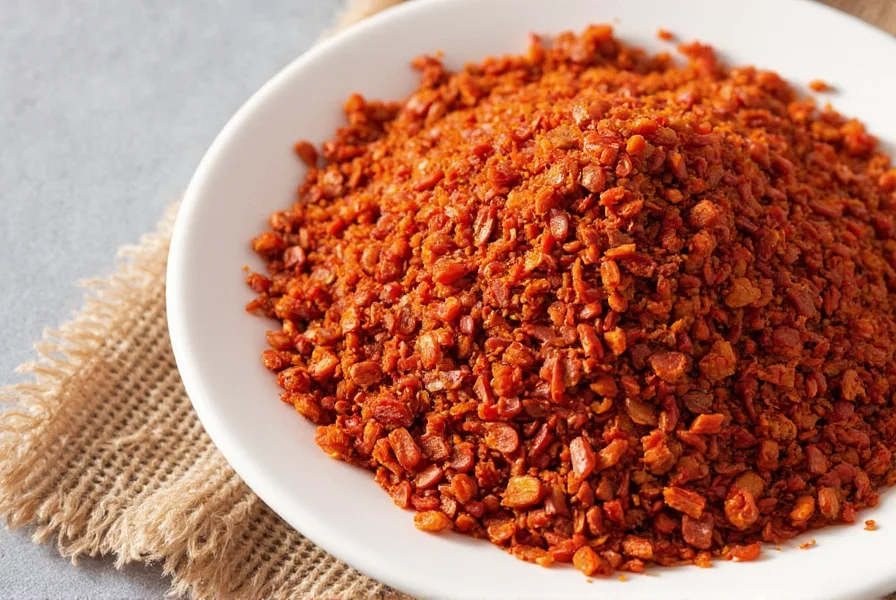

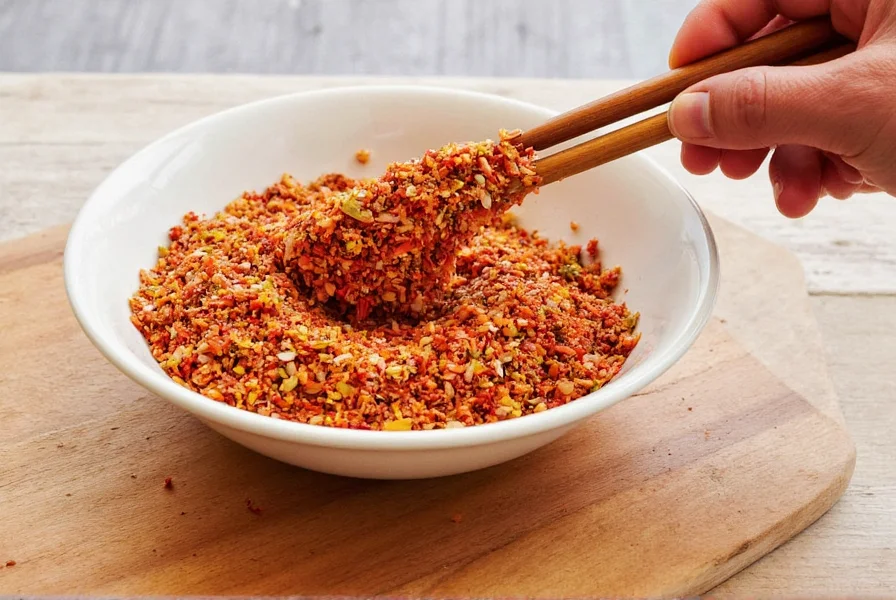









 浙公网安备
33010002000092号
浙公网安备
33010002000092号 浙B2-20120091-4
浙B2-20120091-4